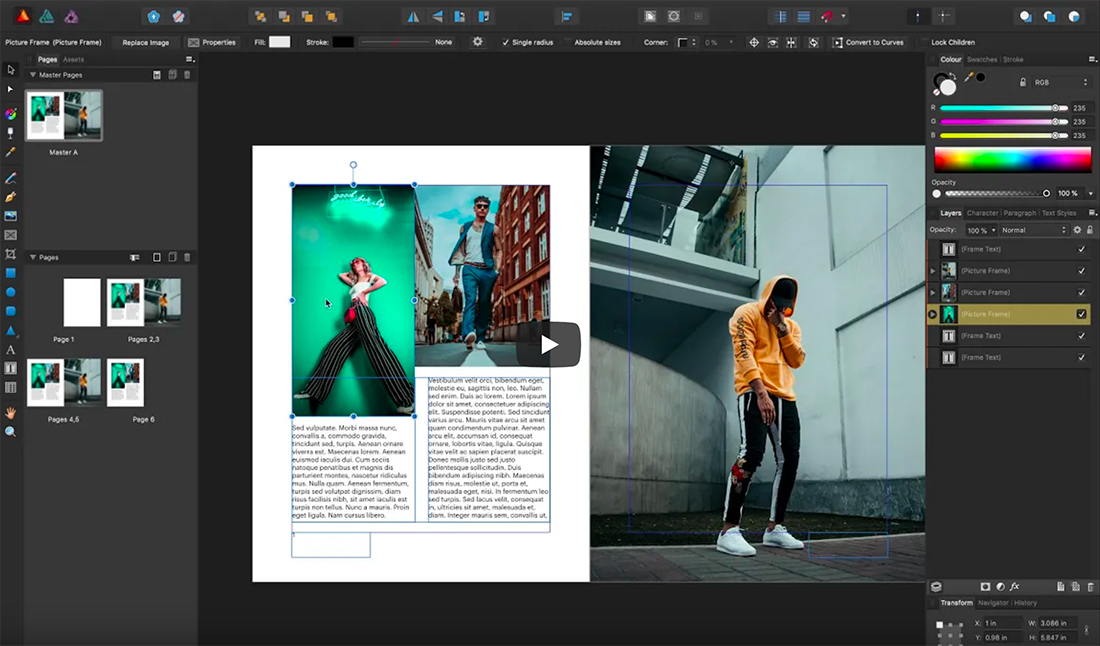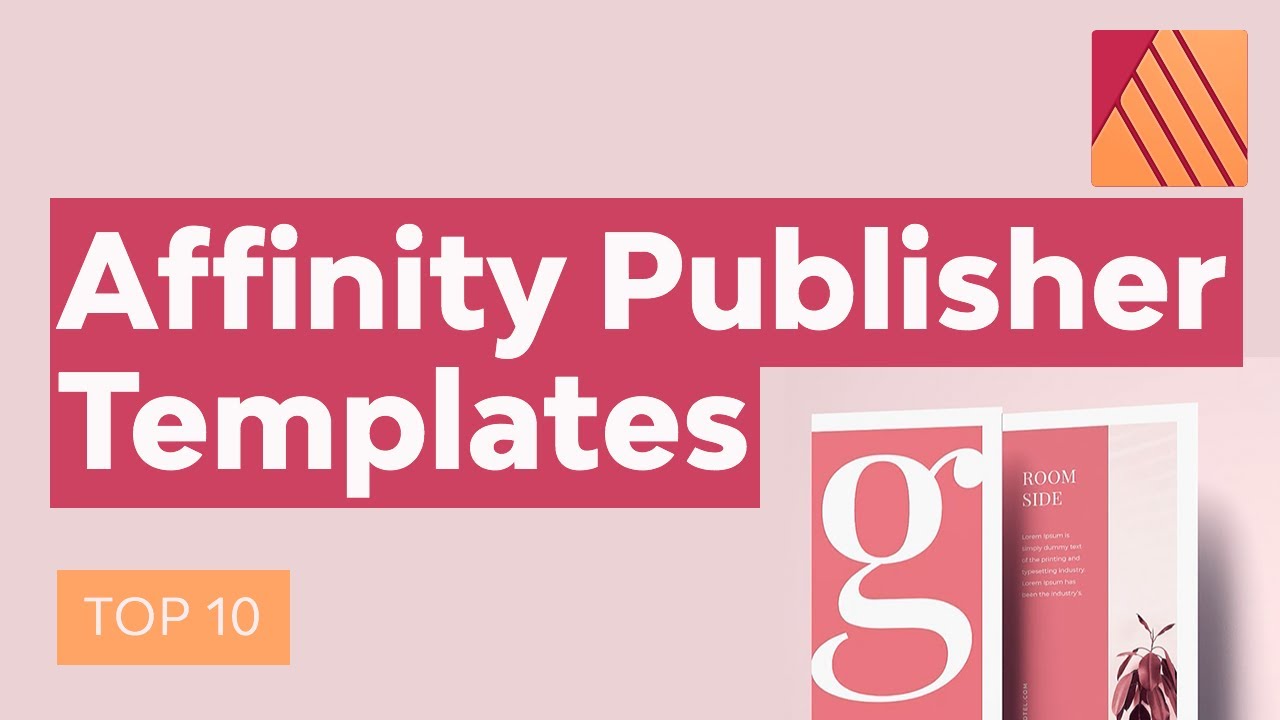

Now, if the original image is less than 300 dpi, it may not be possible to achieve the image resolution we require.
AFFINITY PUBLISHER EXPORT FOR PRINT PDF
If your file contains any images, save them at 300 dots per inch (dpi) and output a PDF that keeps the image resolution settings. And regardless of how much is automated, it’s valuable to understand the recommendations and requirements for your book design and file. Don’t get stressed though! These aren’t difficult to apply to most files and the software you use to create your PDF will almost always cover many of these elements for you.īut not all of them. Lulu has a set of rules that files need to adhere to. No matter what your preferred book layout software is, you’ll need to adhere to the requirements for a PDF that Lulu’s printers can work with.Ī Print-Ready File is always a PDF, and a Print-Ready PDF always uses the printer-on-demand providers’ specifications. Likewise, a variety of PDF viewers and PDF readers make it easy to share book files. PDFs are the single most versatile and simple to share file, offering consistency across a range of writing, editing, and design platforms.
AFFINITY PUBLISHER EXPORT FOR PRINT PORTABLE
Introduced nearly 30 years ago by Adobe, the Portable Document Format (or PDF) is a file format designed to ease the sharing and distribution of content. While software like InDesign and Word have print capabilities, the file they actually send to the printer (be it an at-home printer or a large-scale book manufacturer) is always a PDF. This file may be a beautiful representation of your book.

When you format your book, you create a DOCX file from Word or an INDD file from InDesign. Print-Ready files should always be PDF files. A Print-Ready file is prepared for the printer’s specifications. Same as Step #4, an uploaded file with multiple layers will display a notification that layers were flattened.įor more details about each important element in your PDF, keep reading! What is a Print-Ready File? If any images in the file are low resolution, you will see a warning and the pages to review. Start a project on Lulu and upload your file. If all Fonts show (embedded subset) then your fonts are embedded. Now that you have a PDF, open it in Adobe Acrobat or your editor of choice. The exact language varies, but you should always export from your Word Processor with the highest quality settings available. But how do you know if it’s a print-ready file for Lulu?

Your word processor (like Microsoft Word, Scrivener, or Google Docs) all have options to export your manuscript as a PDF.


 0 kommentar(er)
0 kommentar(er)
